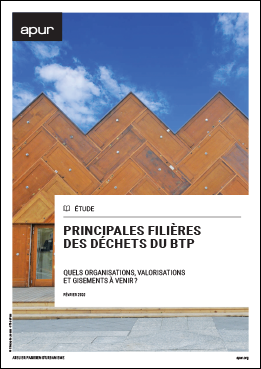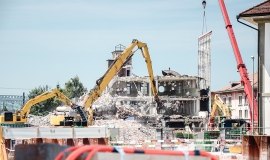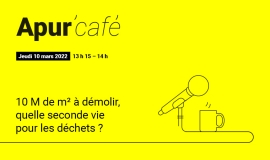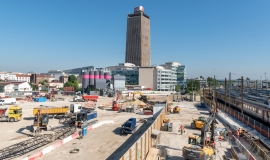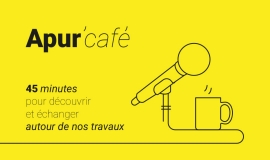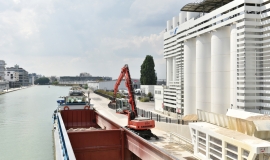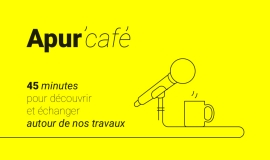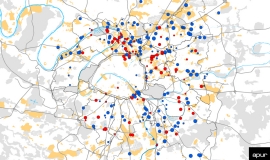The building and public works sector produces approximately 40 million tons of waste per year in Ile-de-France, of which 90% can potentially be recovered. The current and future flow of waste from construction and demolition sites needs to be organised in the best possible way in order to maximise its recovery.
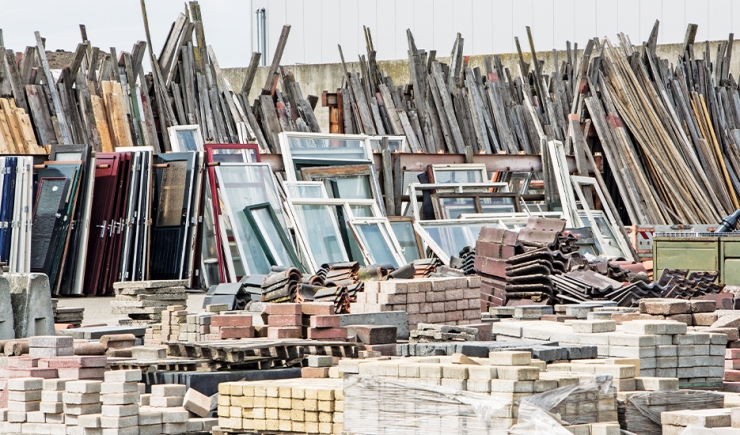
Managing waste produced by construction and demolition sites is today an unavoidable issue for all those active in the field of construction, as well as local and regional authorities because of the scarcity of landfill sites, the increasing tax on buried waste and the growing environmental awareness of the question of waste and resources. In addition, legislation is evolving in such a way as to increase the value and enhancement of demolition material recovery, to put in place and/or develop channels for recycling and reuse and to encourage the use of recycled materials for building.
In order to accompany and support current policies in setting up new, more virtuous ways of organising construction and demolition sites in Grand Paris, Apur has, since 2019, documented and analysed data on the circular economy within the BTP building and public works sector.
Two studies have been carried out by Apur within a partnership framework: one on the circular economy applied to construction and demolition sites in the north-east of the metropolis, published in June 2020, the other on the evolution of building and public works materials with concrete taken as an example, published in March 2021. These studies examine the key players involved in the recycling and reuse of building and public works waste, the existing network of construction waste treatment platforms, which has led to a proposal of potential, new sites and the estimated flow of demolition and the materials required for constructing future development operations in the Greater Paris - Grand Paris Metropolis -.
This new study focuses specifically on the main channels of recycling and reuse. It provides an overview of each channel and its possible enhancement. It specifies the regulatory framework which is applied and identifies the key players and outlets in the Greater Paris - Grand Paris Metropolis -.
Examples of recovery and recommendations for each type of waste also help to illustrate future developments.
The following materials are examined:
- wood
- concrete and natural stone
- steel and metals
- plastic materials and PVC
- joinery and glass
- carpets
Presentation of the study :

